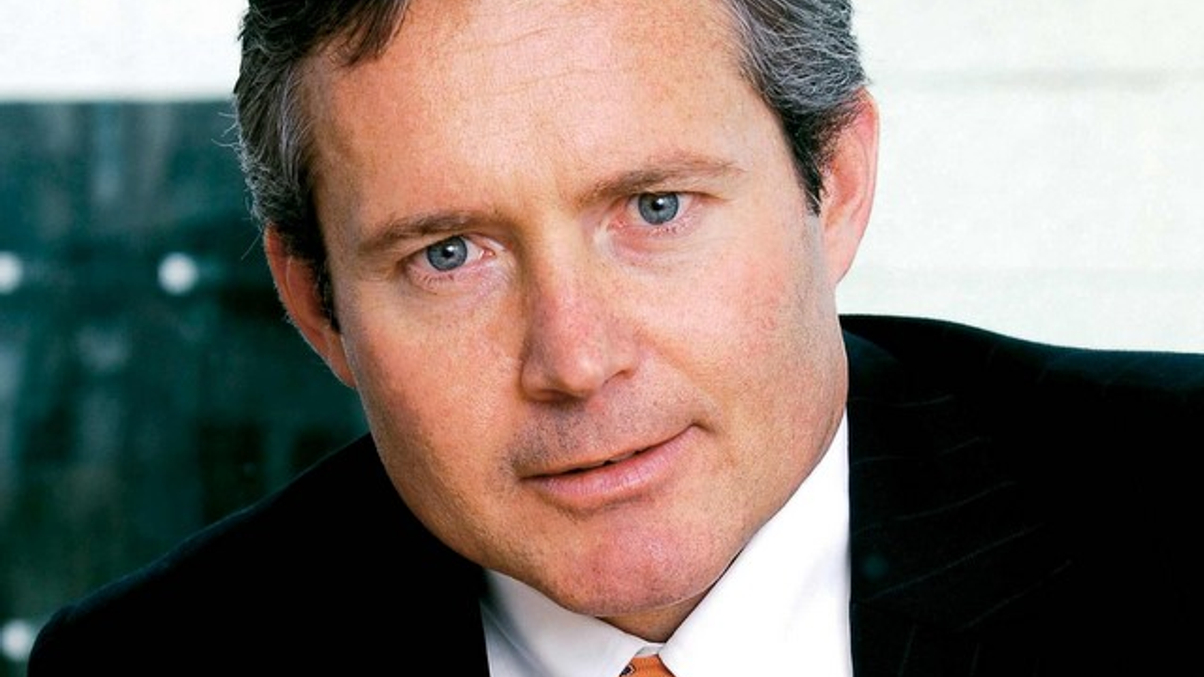Brazil stocks set to rise after Petrobras issue, says ING IM
That will be a boon to the series of new Brazil and Latin America funds, but investors should be wary of Chilean and Colombian stocks, says the Dutch asset manager.

Brazil remains the focus of investor interest in Latin America, as the region’s biggest exporter of commodities and by far the largest country component in the MSCI 10/40 Latin America index with a 65% weighting.
Sign in to read on!
Registered users get 2 free articles in 30 days.
Subscribers have full unlimited access to AsianInvestor
Not signed up? New users get 2 free articles per month, plus a 7-day unlimited free trial.
¬ Haymarket Media Limited. All rights reserved.


